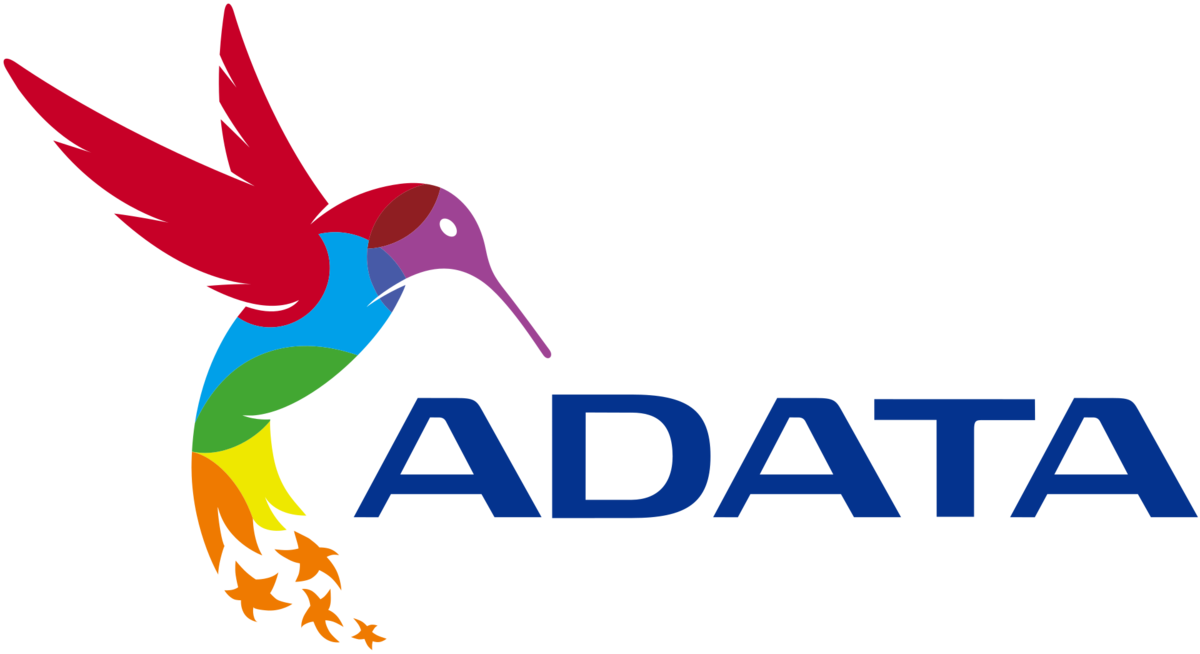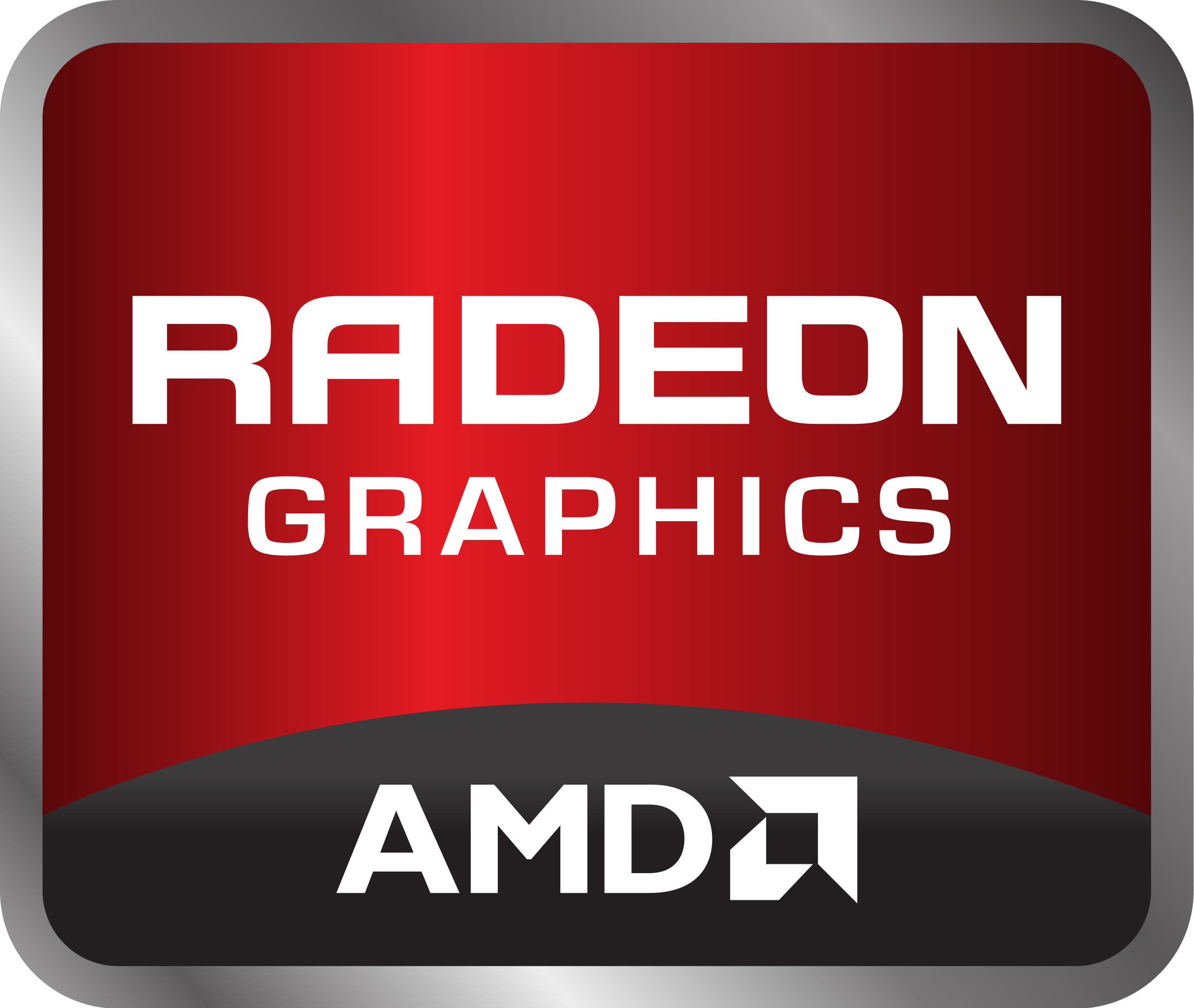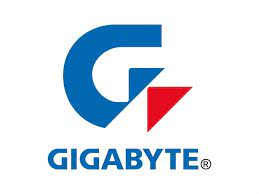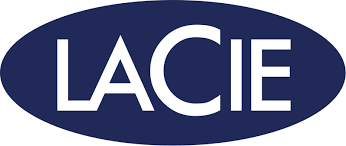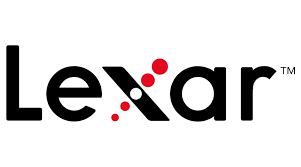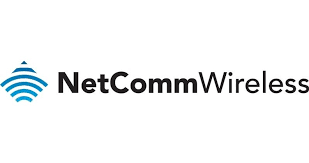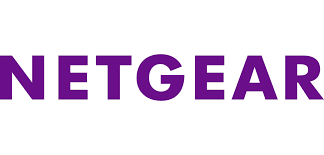A computer network is a system connecting multiple computing devices for sharing resources and information. These devices can be anything from personal computers, laptops, and smartphones to servers, printers, and other specialized equipment.
Here’s a breakdown of the key components:
1. Devices: These are the individual units that participate in the network. They have unique identifiers, like IP addresses, that allow them to communicate with each other.
2. Connections: These are the physical or wireless links that allow devices to exchange data. Examples include cables, Wi-Fi routers, and satellite connections.
3. Software: This is the collection of programs and protocols that govern how devices communicate within the network. This includes operating systems, network protocols (like TCP/IP), and security measures.
4. Resources: These are the data and services shared among devices on the network. They can include files, folders, printers, applications, and even internet access.
Benefits of computer networks:
- Resource sharing: Users can access and share files, printers, and other resources, eliminating the need for individual copies on each device.
- Communication: Enables users to communicate and collaborate easily through email, messaging, video conferencing, and other applications.
- Centralized management: Network administrators can manage and control access to resources and software centrally, improving efficiency and security.
- Increased productivity: Sharing and collaborating can help teams work more efficiently and achieve goals faster.
- Access to information: Networks provide access to information and resources beyond individual devices, like the internet.
Types of computer networks:
- Local Area Network (LAN): A small network connecting devices in a limited physical space, like a home, office, or school.
- Wide Area Network (WAN): A large network spanning a broader geographical area, connecting devices across cities, countries, or even continents.
- Wireless Local Area Network (WLAN): A network using wireless connections, like Wi-Fi, to connect devices without cables.
- Metropolitan Area Network (MAN): A network covering a larger area than a LAN but smaller than a WAN, often connecting businesses or government agencies within a city or region.
In simpler terms, a computer network is like a digital highway connecting various devices, allowing them to share information and resources efficiently and collaboratively.


























